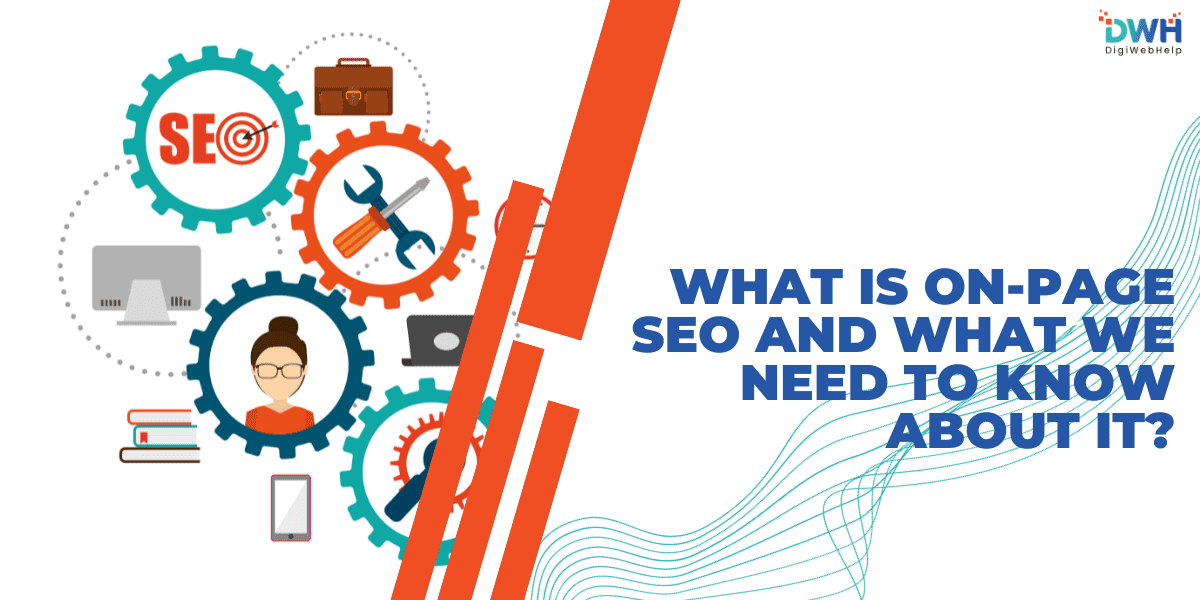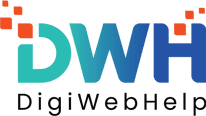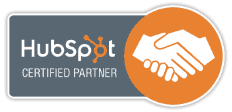
What is On-Page SEO and What We Need to Know About It?
Table of Contents
ToggleOn Page SEO
You might be thinking, ‘Why should I bother with on-page SEO?’ Well, let us tell you why.
By optimizing your website’s title tags, schema markup, site speed, user experience, internal links, page content, and more, you’ll be improving your chances of ranking higher in search engine results.
With a few simple tweaks, you can make your website more visible and user-friendly, attracting more organic traffic.
So, let’s dive into the world of on-page SEO and maximize your website’s potential.
Table of Contents
Key Takeaways
Title tags
Schema markup
Site speed
User experience
Make sure your website has clear and intuitive menus, logical page hierarchy, and responsive design for different devices. Additionally, optimize your website’s loading speed to reduce bounce rates and improve user satisfaction.
Internal links
URL
Image optimization
Use the correct file format: Choose between JPEG, PNG, or GIF depending on the type of image.
Compress your images: Reduce the file size without sacrificing image quality using compression tools or plugins.
Resize your images: Adjust the dimensions of your images to fit the desired display size on your webpage.
Add alt text: Include descriptive alt text for your images to improve accessibility and SEO.
Content Quality
Factor
Description
Importance
Keywords
Conduct keyword research to identify the most relevant and popular keywords in your niche.
Use long-tail keywords, which are more specific and have less competition.
Include keywords in your page titles, headings, URL, and meta tags.
Avoid keyword stuffing, as it can negatively impact your website's ranking.
User experience
Alt text
It helps search engines understand the content of your images, improving your chances of ranking higher in image searches.
Alt text provides context to visually impaired users, making your website more accessible and inclusive.
Including relevant keywords in your alt text can further optimize your images for search engines.
Alt text also acts as a fallback in case the image fails to load, ensuring that users still have access to the content.
Content Quality
Headings
Keywords
Fix broken links
User experience : Broken links frustrate users and can lead to high bounce rates. By ensuring all links work properly, you provide a seamless browsing experience, encouraging visitors to stay on your site longer.
Crawlability : Search engine bots crawl your site to index its content. Broken links can disrupt this process, resulting in incomplete indexing. Fixing broken links helps search engines navigate your site effectively, improving its visibility in search results.
Authority and trust : Broken links erode trust and credibility with your audience. By maintaining a site with no broken links, you demonstrate professionalism and reliability, enhancing your brand's reputation.
Link equity : Broken links can waste valuable link equity that would otherwise flow through your website. Fixing broken links ensures that all internal and external links contribute to your site's overall SEO performance.
Page content
Optimize urls for seo
Keep your URLs short and descriptive
Use lowercase letters to avoid confusion
Avoid using special characters or spaces
Use a logical structure that reflects the hierarchy of your website
Meta description
Internal linking
Improved crawlability: Internal links provide a clear pathway for search engine bots to discover and index your web pages.
Enhanced user experience: Internal links allow users to navigate seamlessly between related content, increasing engagement and reducing bounce rate.
Page authority distribution: By linking to important pages from other pages, you can pass on authority and improve the ranking potential of those pages.
Keyword optimization: Utilize relevant anchor text in your internal links to signal to search engines what the linked page is about.


